- Office Hours
- Student Documentation
- Deliverables
- Assignments
- Weekly Syllabus [ITP]
- Class 1, January 25: Hi!
- Class 2, February 1: Making Things Move
- Class 3, February 8: Capturing with Capacitors
- Class 4, February 15: Big Kinetic
- Class 5, February 22: Kinetic Presentations
- Class 6, February 29: Let there be…
- Class 7, March 7: Voltaic Field Trip
- Class 8, March 14: Batteries
- [ Spring Break ]
- Class 9, March 28: Solar 2
- Class 10, April 4: Pre-launch Presentations
- Class 11, April 11: AMA Topics
- Class 12, April 18: Voltaic Site Visit #2
- Class 13, April 25: AMA, Final Workshop
- Class 14, May 2: Final Presentations
Office Hours
This is my online office hour calendar.
Student Documentation
Please post links to your class documentation in this shared spreadsheet (NYU access required).
| Andrés Franco (Tobi) | https://www.notion.so/Energy-55b5448257c247098830aa05d1a1c7cd |
| Sao Ohtake | Notion Page |
| Michal Shoshan | Notion Page |
| Henrique Stockler | Blog |
| Chumou Zhang | Notion Page |
| Jaxon (Zi-Dong) Wang | https://jaxonsblogposts.cargo.site/Energy-Menu |
| Jasmine Nackash | Blog |
| Jo Suk | Notion |
| Teresa Wang | Notion |
| Tom Xia | Notion |
| Anvay Kantak | Blog |
| Kai (An-Kai Cheng) | Documentation URL |
| Nakyung Youn | Notion Page |
| Zongze Chen | Notion |
| Sarah Mok | |
| Yizhi Liu | Notion |
Deliverables
- Kinetic Project: February 22, Week 5 (Partial demo February 8, Week 3)
- Solar project: April 4, Week 10
- Solar Class Support Teams: Throughout solar project
- Final project: March 2, Week 14
Additional week-by-week prompts and readings will be in the syllabus below and should be responded to on your documentation site.
Assignments
Detailed explanations of each assignment can be found in the Project Briefs.
Kinetic project
Turn motion into light
Due: Generator demo in week 3 (Feb 8), project presentation in week 5 (Feb 22).
We begin the hands-on work of the class with a literal hands-on assignment: turning cranks to generate electricity. Any relative motion between magnets and conductors will induce electrical current in the conductor. Thus electrical motors are also electrical generators, and you can use this fact to easily power things with motion. A relatively forgiving thing to power is an LED.
The kinetic project challenge is to turn motion into light. For all details, see the Kinetic project brief.
Solar project
Turn light into computation
Due: Week 10 (April 4) Due week 14, May 2, as final.
I’m very excited that this year, we have amazing support from our neighbor, Voltaic! Voltaic is a Brooklyn-based company that makes excellent solar panels and battery packs optimized for off-grid IoT projects. To do this right is expensive, so their hardware is a little out of reach for most student projects. However, not only are they helping us by loaning their best-in-class components, but they are also giving us space to set up outdoor projects in the Navy Yard – a first for this class!
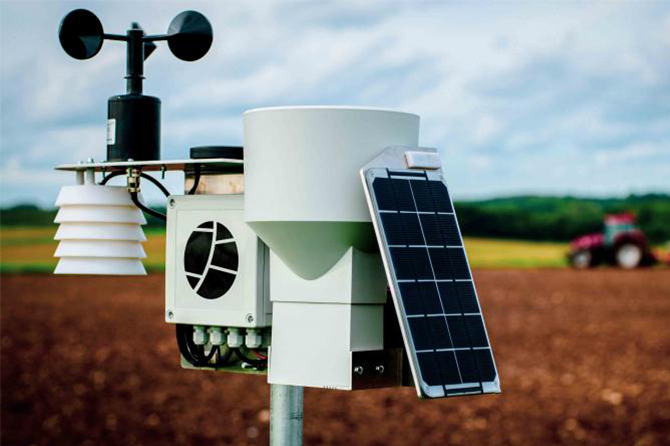
For all details of the Solar project, see the Solar project brief.
Solar Support Teams
Working together for a brighter future
Executing projects at a remote location will require some class-level coordination. In addition to your specific solar project, you will have an additional role on one of four groups which will support the entire class. The categories will be:
- Data & Documentation
- This group will analyze the site for energy potential and shading issues; and will help provide photos and videos for ITP social feeds and class documentation.
- Support Structure Construction
- This group will be in charge of the structure that will support the projects safely outside for the duration of the semester. You will work with Rob and Phil, plus me and Voltaic, to get parts and assemble a structure.
- Equipment & Coordination
- This group will interface with Voltaic, me, and the ER on any equipment needs, and will be the point of contact for scheduling time on site.
- Networking
- This group will ensure all projects on site can report data. This might include working with Voltaic to ensure wifi signal on site, or setting up a mesh network and LORA relay, or another solution to be determined.
This work will be ongoing through the duration of the solar project, and will be done in coordination with me.
Final
NOTE: The final requirement is adjusted to reflect the expanded the Solar Project. There is no separate final.
Because the solar project takes up a large portion of the middle of the semester, the final for the 2024 Energy class is somewhat reduced in scope. I propose that you do one of the following:
- Expand your solar project based on feedback from that work
- Expand your kinetic project
- Thoroughly integrate concepts from the class with the final for another class.
Of course, as ITP students, some of you will want to do something completely novel for the final. I will support you but understand there’s only a month after the solar project. Some general guidelnes: as every subject can be viewed through the lens of energy, there are no subjects that are intrinsically off-limits for an energy final. A good Energy class project does one or more of the following:
- Accounts for the energy used accurately, with appropriate estimates and direct measurements when possible.
- Is itself about energy, clarifying energy concepts or illuminating energy use.
- Obtains all of its energy from the environment, without need for primary batteries or a grid connection.
- Makes a positive difference in the world!
Participation
Your engaged participation in class (both listening and speaking) is extremely important. The class works best if you actively work to get information out of me! A distant second best is if you passively receive information I present. And worst of all is not receiving the information at all by missing the class, arriving late, or not paying attention. (Tip – this is true of most classes.)
If you have any issues and can’t join class meetings, please let me know before the class so I can plan accordingly. Two or more unexcused absences is grounds for failure. Chronic lateness or early departure will also affect your grade.
A note on Zoom: A hybrid class is, at best, a suboptimal experience for the remote participants. I want to avoid using zoom during our class sessions whenever possible in favor of in person meetings. However, in cases where students are positive for Covid and cannot come to class, I will allow them to join via zoom. Other reasons (hung over, traveling for work, attending a wedding, etc…) are not cause for Zoom.
Grading
The most important thing you can do is arrive to each class on time and be prepared to actively participate and engage with the material. Two or more unexcused absences will result in failing the class. Excessive lateness is considered an absence. Please put your best effort into assignments and readings, and keep a record of your work online. ITP is pass fail, but the equivalent of a B or higher is required to pass.
- 20% In-class work and participation, readings, discussions.
- 10% Documentation
- 15% Kinetic project
- 25% Solar project
- 10% Solar Support Team
- 20% Final project
Weekly Syllabus [ITP]
Class 1, January 25: Hi!
Introductions – who are you, who am I? Origin, purpose and organization of the class. Blackout stories.
In class: Jump!
Read: This syllabus! Actually – maybe don’t read every word, but scan over it to learn what lives where. Look over our schedule, the projects and deliverables, and the resources for readings, materials, measurement techniques etc. What are you particularly interested in? Anything you expected to see that you don’t?
For the kinetic assignment, pay particular attention to my notes on motors and steppers under Resources/”Energy Converters“, as well as the videos related to generating and conditioning electricity.
Read/Listen: The first half of this September 2022 interview between Ezra Klein and Jesse Jenkins of the Princeton ZERO Lab. [ Podcast | transcript ]. Listen to the ad break (around minute 45) or read to the text “[MUSIC PLAYING]”.
For next week:
- Add documentation link to class spreadsheet.
- Complete the brief intake form covering your interest and experience.
- Post two questions about the syllabus or the podcast to your blog. What are you particularly interested in? Anything you expected to see that you don’t?
- Get the Smil text.
- Find a DC gearmotor (the one from the pcomp parks kit works), and/or a stepper motor. As a general rule, about fist sized is good, and you should be able to turn the shaft by hand (or with pliers if there is a large gear reduction).
- Bring to class next week: multimeter, breadboard, gearmotor and/or stepper.
- Begin to brainstorm what kind of motion you can capture for your kinetic project.
Presentation Materials:
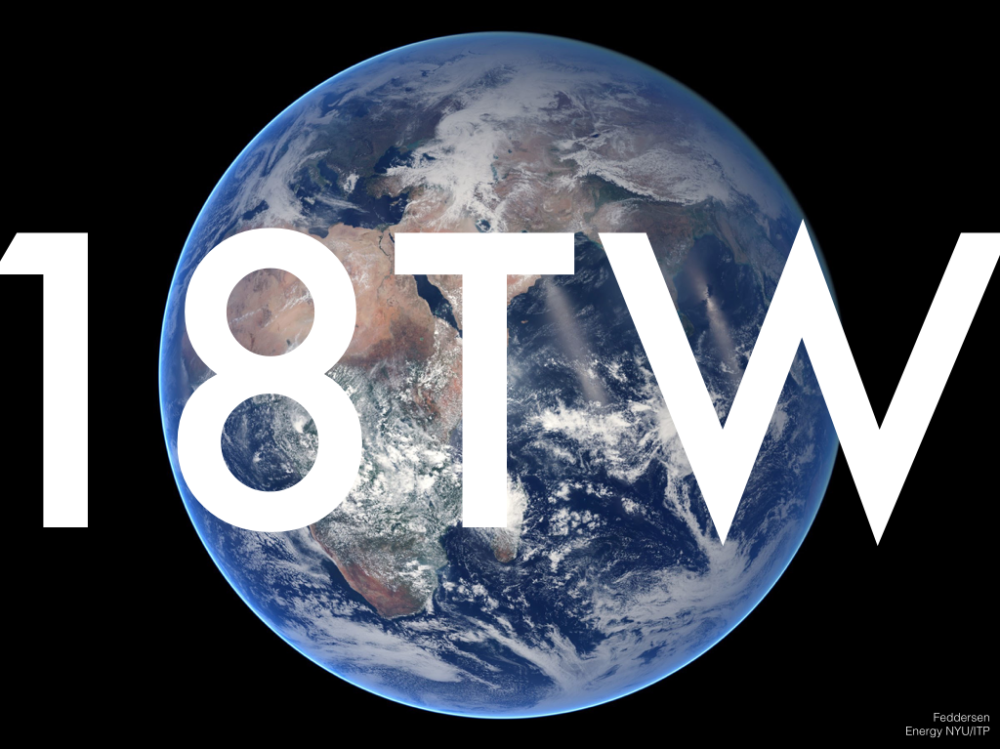
This video is a sort of overview of all the steps necessary for a basic kinetic->electricity->light activity. More notes on Vimeo.
Class 2, February 1: Making Things Move
Kinetic energy, and a 15 minute history of energy since the beginning of the universe.
In class: Discuss Klein/Jenkins interview. Kinetic energy introduction. Hands-on with the parts you’ve found. Short circuit current, open circuit voltage. Entire history of energy. Kinetic technical material.
Read:
- “Energy Scavenging for Mobile and Wireless Electronics” by Paradiso and Starner of MIT. Not recent, but an excellent overview of all the ways we might power electronic devices with ambient power harnessed from the environment. Link is below.
- Stuart McMillen’s illustrated essay about energy in terms of the human body. This idea traces back to Buckminster Fuller, and is probably the basis for Chu’s concept of energy servants mentioned in the lecture. Note: this work uses the image of ‘energy slaves’ as a central metaphor for making this comparison.

Several additional written essays by McMillen discussing the work and the ideas behind it are great optional resources for additional material. Thanks go to Todd Whitney from Energy 2021 for finding this excellent resource.
For next week:
- Consider how to condition the output of your generator. Do you need to rectify AC? Smooth the output? Store energy? Limit voltage? Identify what parts your particular application will need.
- Sketch a concept for your kinetic project and post to your blog. Identify components you need that you will order or make.
Presentation Materials:
Note – I’m front-loading a lot of material here. We won’t get to all of it in this class but we will cover this material over the next several weeks.
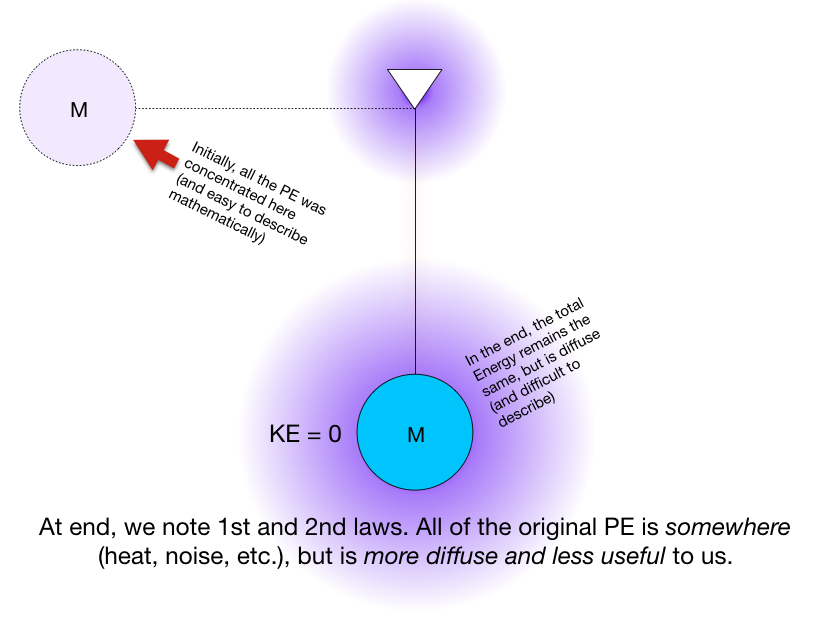
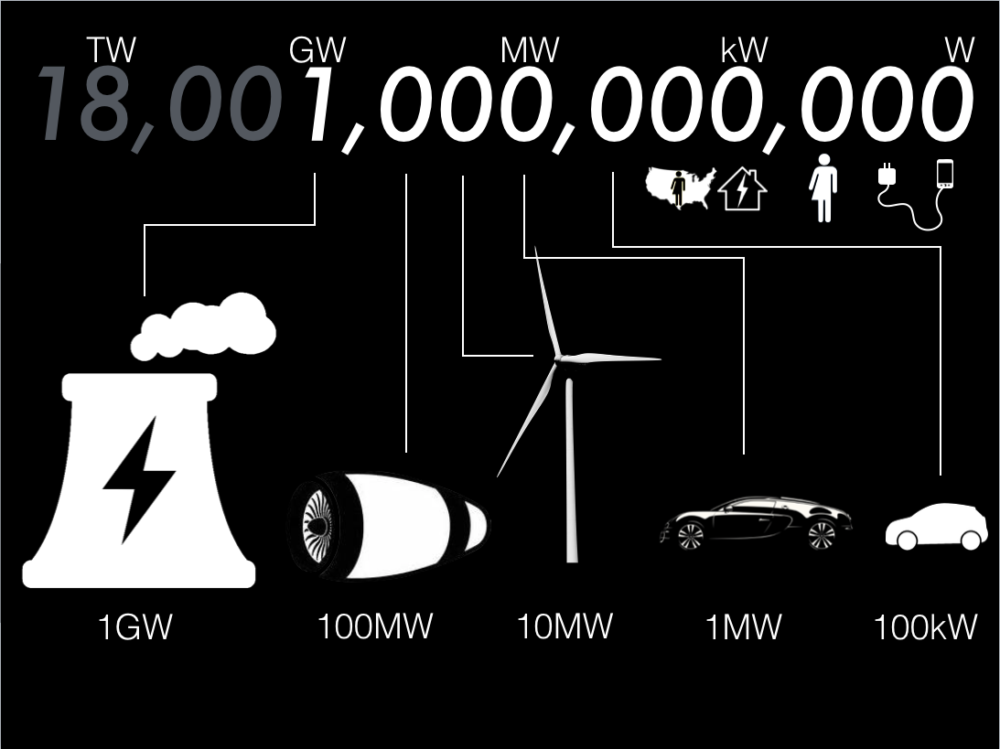
Check out Mathura’s documentation of a great kinetic-electrical car (from 2016). So many LEDs!
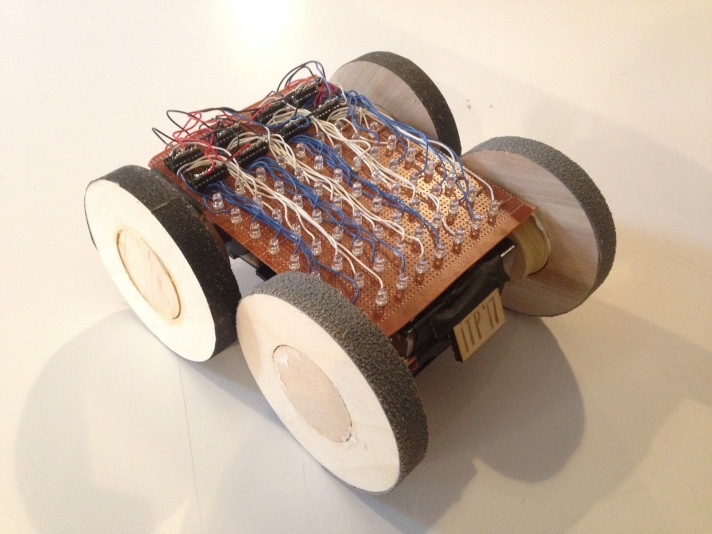
See also – Daniel Ryan Johnston’s tear down of a shower head that lights up from the motion of water.
Rectification circuit – where we’re headed by next week.
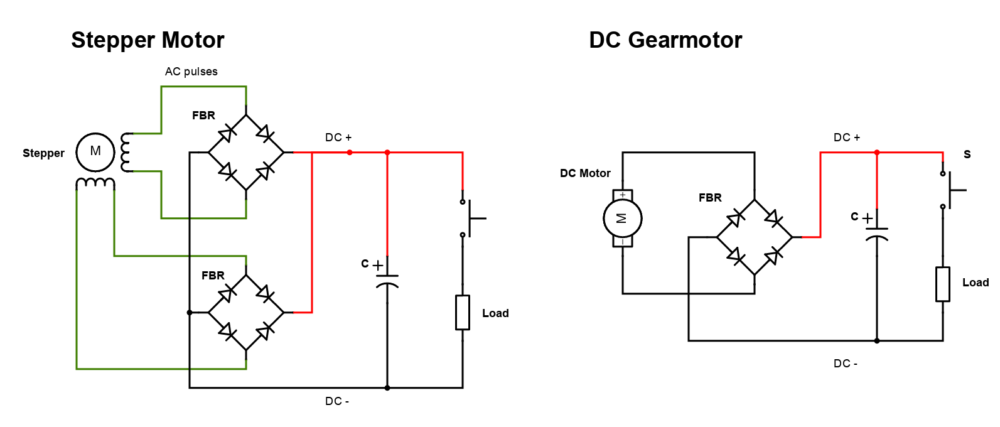
Here’s the circuit again as a vector PDF:
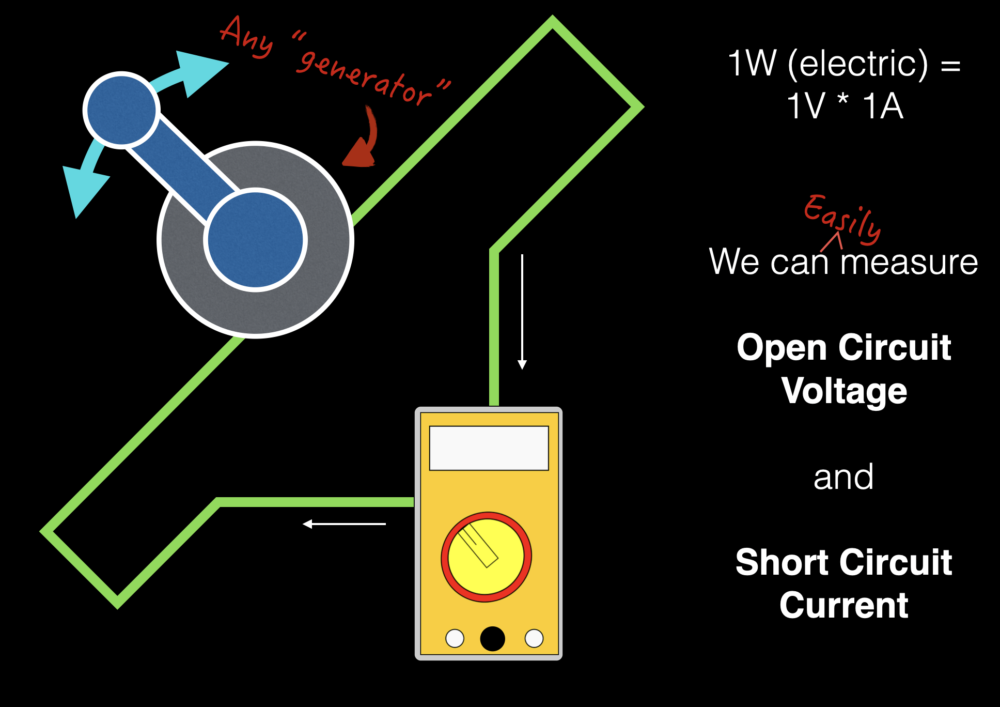
Class 3, February 8: Capturing with Capacitors
We’ll look at a familiar component, the capacitor, in sizes (~1 Farad, or more) where they begin to function as energy storage devices.
In class:
- Discuss McMillen
- Activity:
- Finish rectifiers
- add capacitors
- Technical:
- Rectification and capacitor storage
- Big Picture:
- Orders of Magnitude 1, Koomey’s Law
- Chu’s Energy Servants/Fuller’s Energy Slaves
For next class:
Continue KE for presentation in two weeks (week 5)
Look at solar resources in prep for Solar project (starting in week 5)
See these Hackaday notes on Rectifiers.
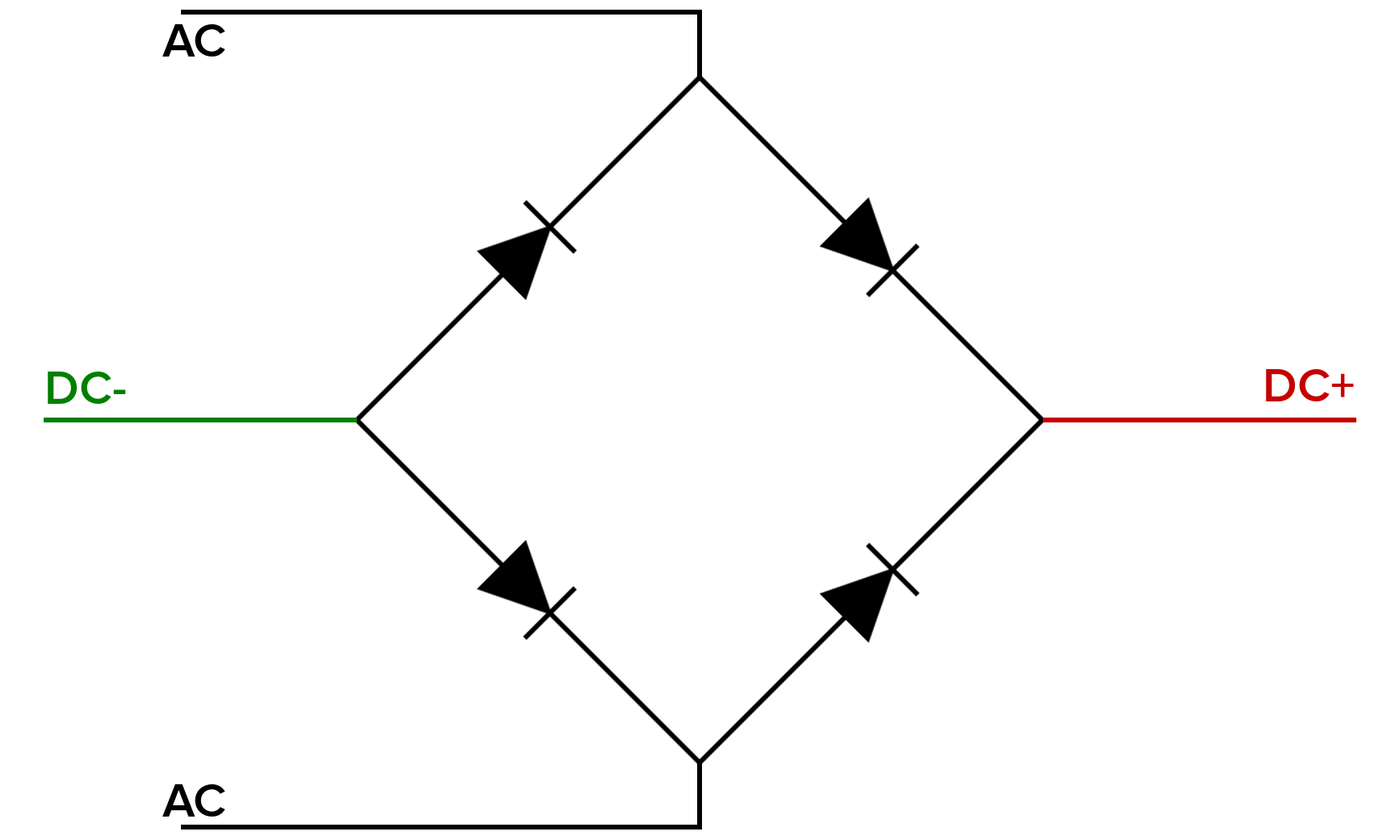
For next week:
- Read Smil chapter 1 & 2
- Finalize kinetic mechanism and circuit, begin final fabrication.
Presentation Materials:
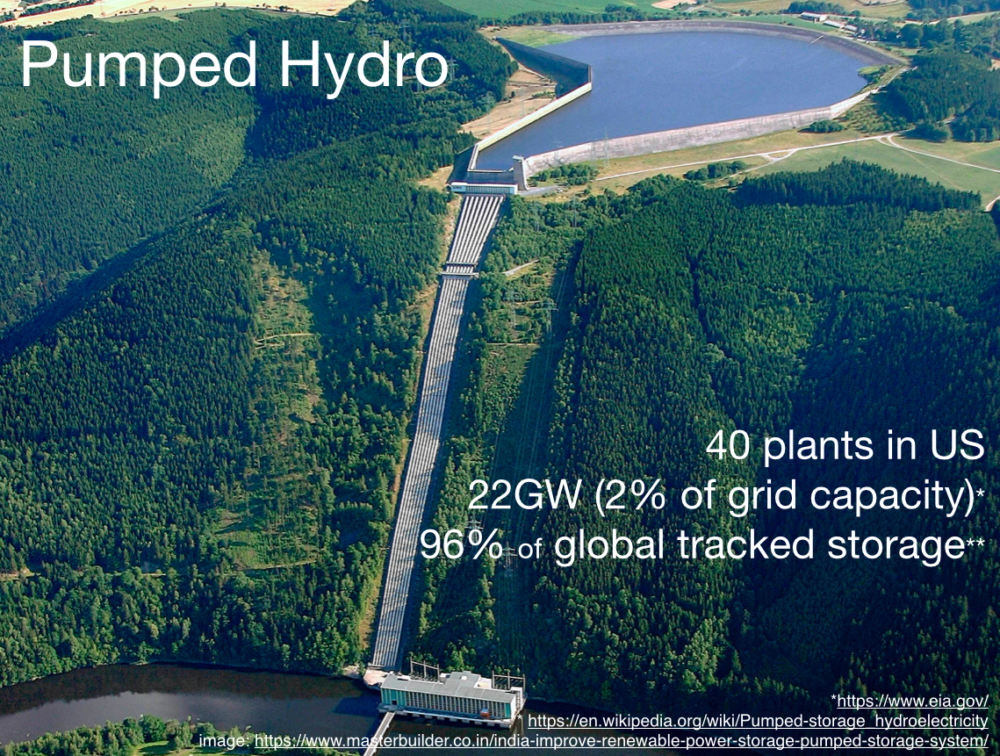
For further reading/watching (as we won’t be able to cover all this in class:)
Class 4, February 15: Big Kinetic
Grid-scale kinetic energy devices, kinetic art examples.
In class: Project check-in. Grid scale kinetic energy. DC-DC converters.
See previous Energy student Jason Gao’s excellent Solar-oid project for an example of a DC-DC converter in use. (Also, great energy estimation and use of small solar for a microcontroller).
Data:
Map of US electrical resources
BP Statistical Review (annual, comprehensive, global energy stats)
For next week:
- Read Smil Chapter 3. This chapter is about muscles, tools, and machines. Note connections to your kinetic projects.
- Finish Kinetic Projects
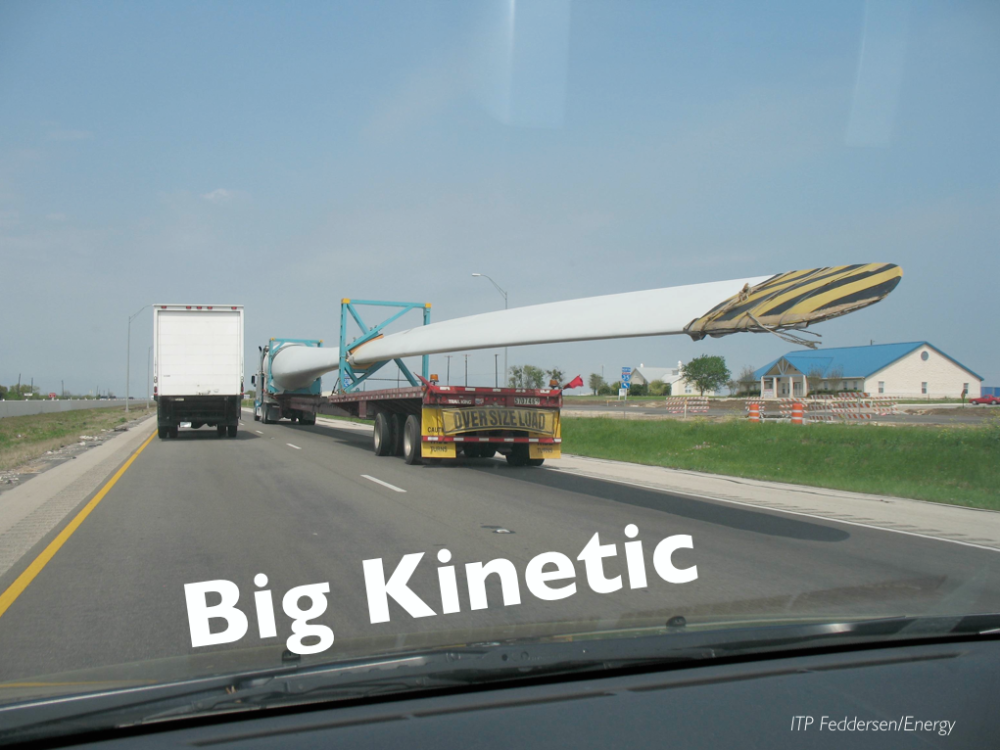
Class 5, February 22: Kinetic Presentations
We see what you made!
In class: Present Kinetic Projects
For next week:
- Smil Chapter 4
- Review the work of Trash Club, in particular the projects, readings, resources.
- Solar mini assignment (new): Measure the power required to run a microcontroller. Take any project you already have, and using your multimeter, measure the current needed to power the project. As you already know the voltage, you can determine the power (V*I). If your microcontroller does different things, like turn on and off an LED, or connect to a wifi network and send a message, make sure to measure the curent required for each stage. Record your results on your blog.
Class 6, February 29: Let there be…
Converting light into electricity
In class:
- Additional ways to directly measure energy.
- Hands on with equipment in solar cart
- Solar introduction.
For reference: See Brandon Roots’ beautiful solar project (generative art on an e-ink display that reacts to the sun).
For next week:
- Smil chapter 5
- MVP: Using the solar cart and ITP’s panels, try powering a microcontroller the simplest possible way, by attaching the panel to the V-in (before the regulator). Does it work? If so, why? If not, why?
- Identify the materials you think you will need for your solar project – panels, computational load, battery and charge controller (if using), any additional components. Post your BOM (bill of materials) to your blog. Have a plan for getting anything that may have a long lead time.
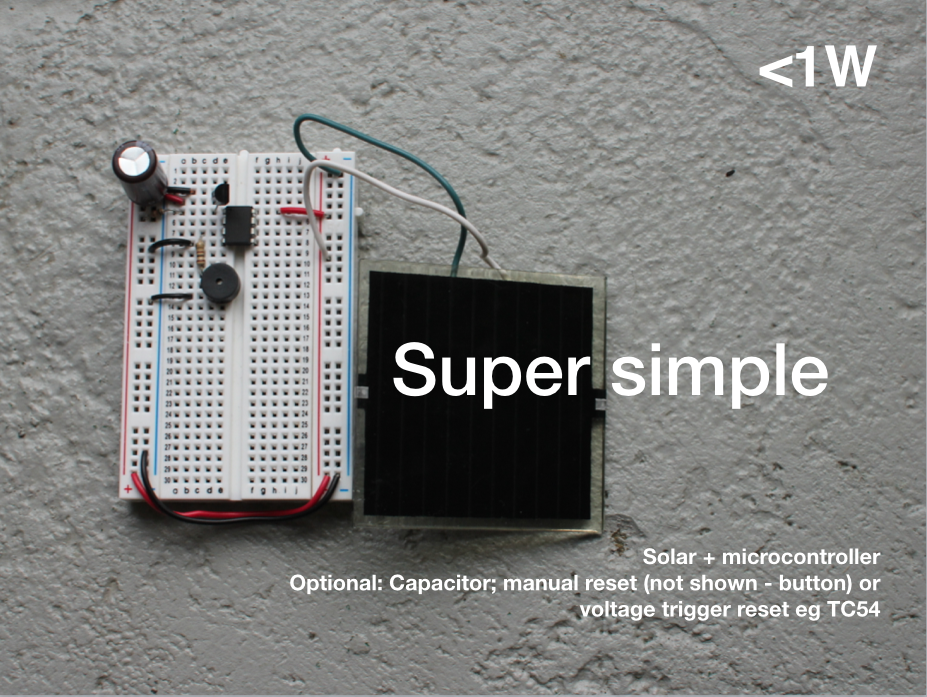
Class 7, March 7: Voltaic Field Trip
Class 8, March 14: Batteries
Storing energy in batteries
In class:
- More hands-on with solar cart materials.
- Battery scavenger hunt.
- Battery slides, notes on C-Rate.
For next week:
- Continue developing Solar projects. As soon as possible, test your projects with light from the cart or outdoors. If using a battery, prove to yourself that your project is not just running off the battery, but is also capturing solar energy. Consider ways to minimize your power requirements and gracefully handle power interruptions.
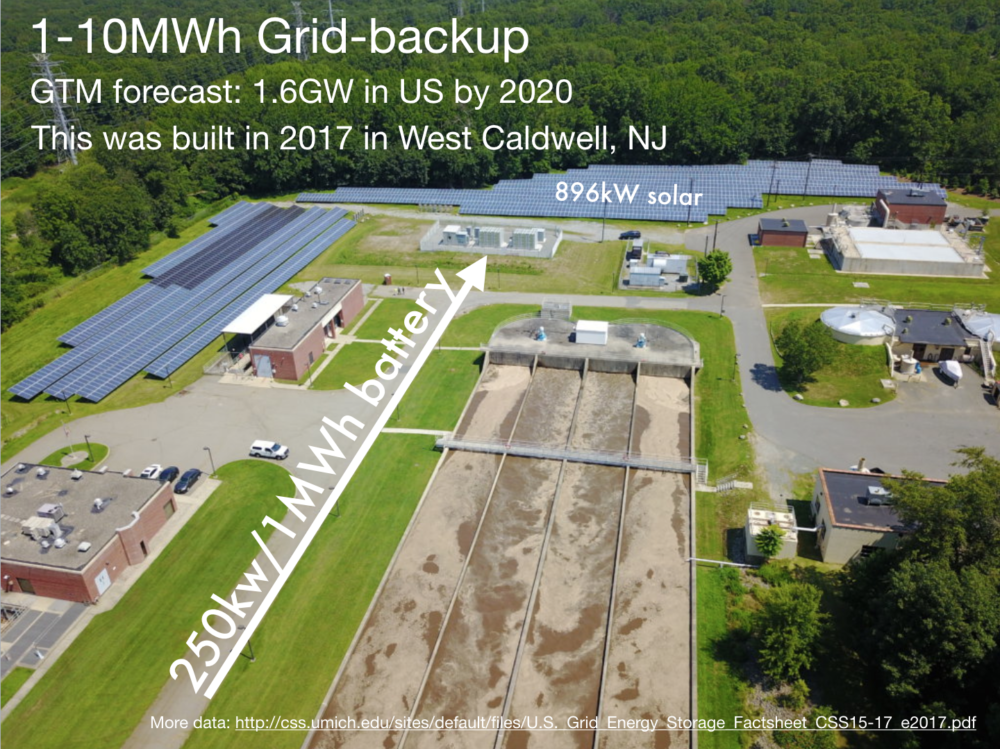
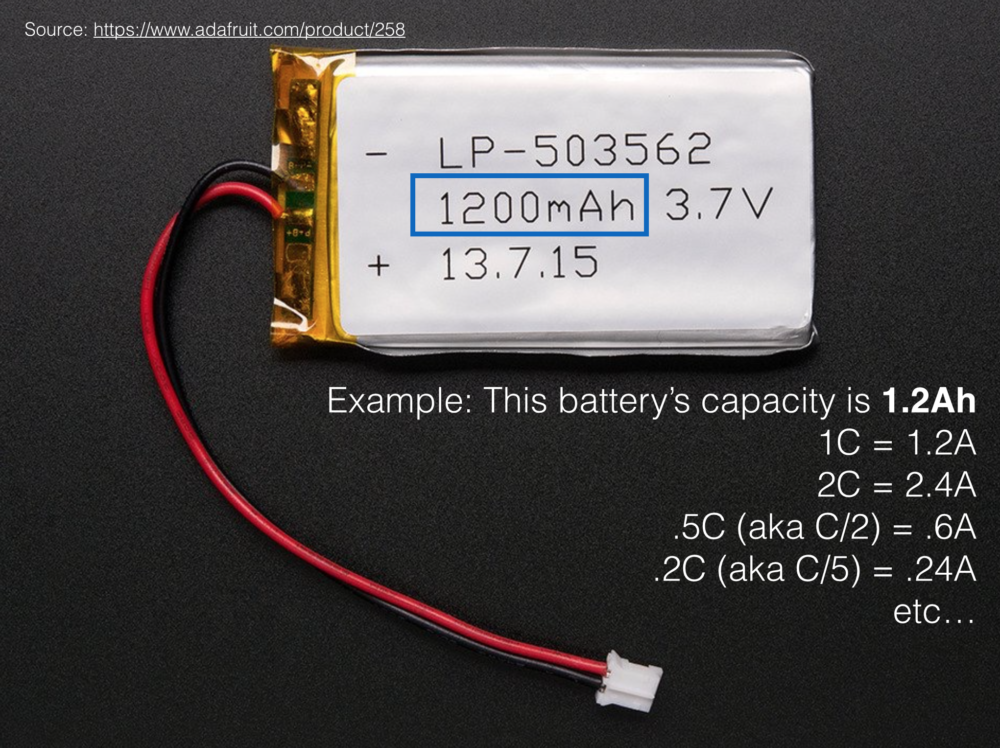
[ Spring Break ]
Class 9, March 28: Solar 2
Advanced solar topics
In class:
We’ll look at additional solar concepts like maximizers, module-level power electronics, balance of system, 1- and 2-axis tracking systems, concentrators, and alternate materials including multi-junction cells and Perovskites.
Guest:
For next week:
- Finish and document your solar projects.
- Read the Arduino Low Power Design Guide.
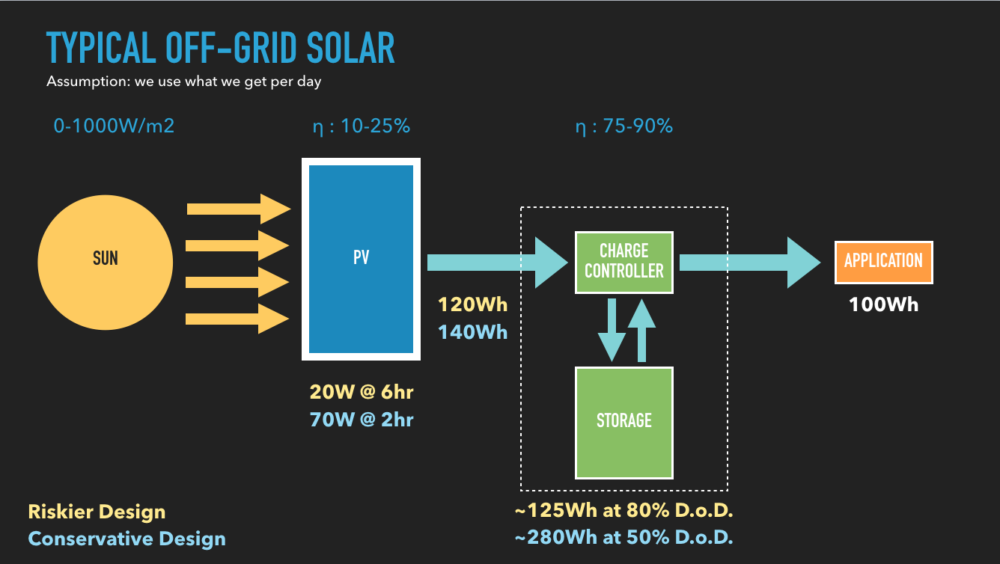
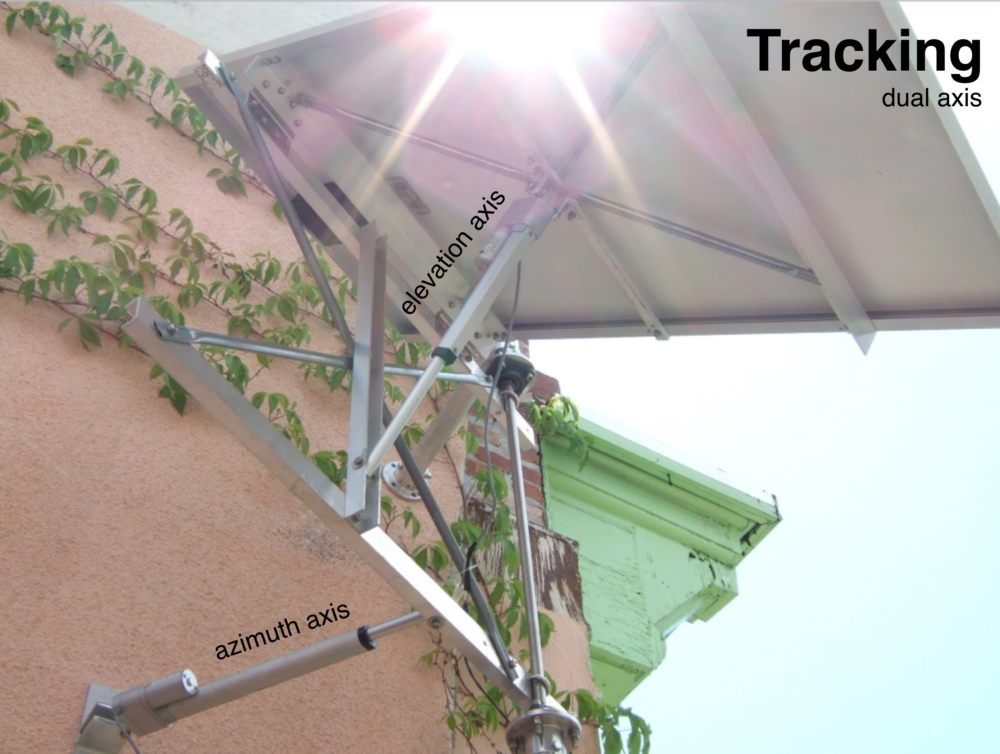
Note: From Class 10 on, 2024’s schedule has been revised to reflect an expanded Solar project and the opportunity to install projects at the Navy Yard.
Class 10, April 4: Pre-launch Presentations
We’ll see what you plan to make.
In class: Solar Presentations
For next class:
- Finish Reading Smil!